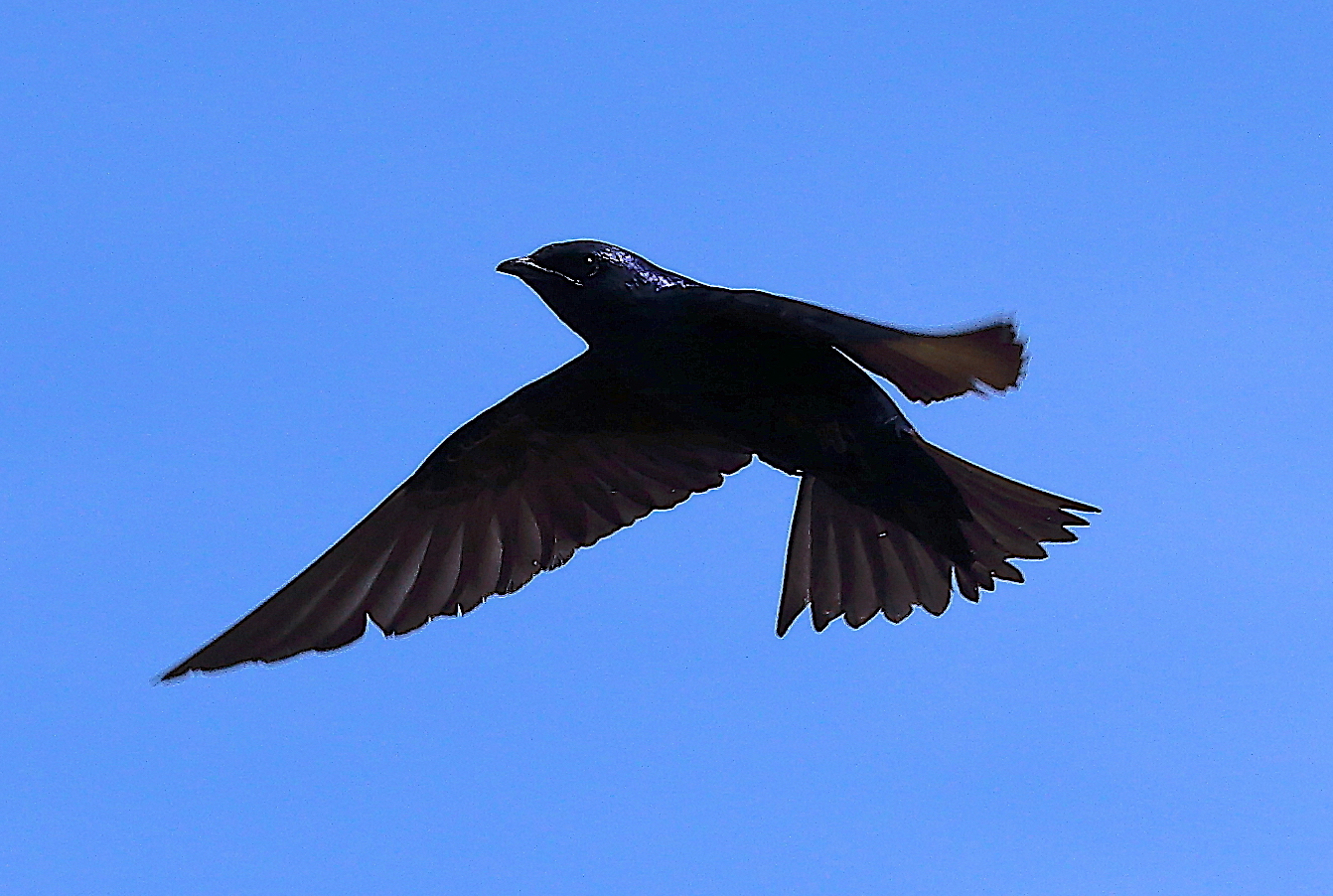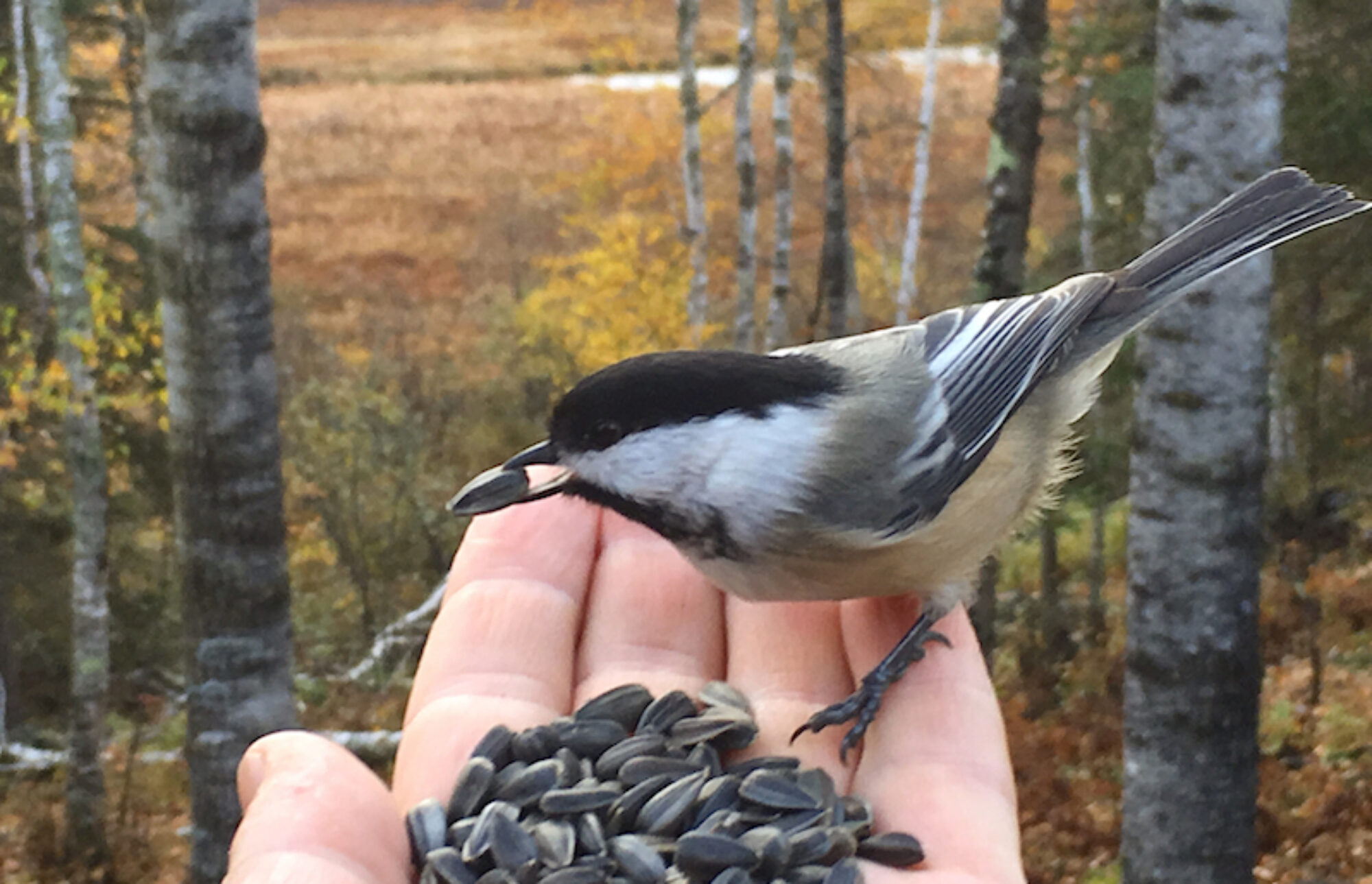
“Build it and they will come” has become a mantra for conservation groups that view the creation of habitat as one of the most significant investments humans can make in supporting wildlife.
In some cases, building housing structures and adding them to the surrounding landscape, or habitat, is a vital component to a particular species’ survival. That’s certainly been the case in helping bluebird and wood duck populations recover and flourish for many, many years, and more recently it’s become en vogue as a means for helping bats, ospreys, chimney swifts and even some native bees, among other wildlife.
The dilemma humans in our culture face at times, however, is we don’t like playing the waiting game. If we “build it,” we want them – whatever the “them” are — to come now. In fact, right now. But unlike most people, nature isn’t always in a hurry, and animals certainly don’t work on a human being’s time schedule. Nature has its own rhythms and priorities, and human conservation is, after all, a practice with a long view of the future. Waiting is a required expectation and condition in most cases.
Dave Duit certainly knows a bit about waiting. The Nevada resident has come to expect it and teaches patience to those who share his interest in aiding one of those species that has evolved with a significant dependence on humans: the purple martin.
Duit put up his first purple martin gourd house about a decade ago, and it took five years before the first pair of martins moved in. Since then, he’s attracted dozens of nesting pairs to his backyard and seen hundreds of offspring produced. As founder of the Iowa Purple Martin Organization, he’s helped others around the state start or revitalize martin colonies.
“It just takes time,” he said. “Martins have strong site fidelity and the adults won’t leave their established site unless there is a bad predator attack day after day. The second-year martins from a nearby site are the ones that will usually start a new colony.”
As of last week, it appears that purple martins are finally beginning to establish a new colony at the site of a purple martin house, or hotel, between the lake basins at Ada Hayden Heritage Park in Ames. Duit and Dustin Haegele, an Ames High student at the time, constructed the house nearly three years ago and installed it at a prominent location at the popular recreational area.
“I’m very excited and happy to announce that there are two purple martin nests at the Ada Hayden martin house,” Duit said by way of email late last week. “One is for certain made from an older pair because of its well-built intricate construction. If it were a young pair it wouldn’t be as elaborate. This first nest has five eggs, which tells me it is an older pair. Younger pairs usually have less than five eggs in a clutch. … The other nest may be made by a younger pair. It has small green leaves placed in the cup of the nest, which indicates they will be laying eggs very soon.”
Duit said when an older pair nests in a new location other than its original colony, it likely means the two martins abandoned their old colony due to extreme mite infestation, which was not controlled by the landlord of their dwelling; continual predator attacks from hawks or owls; sparrows or starlings took over the site; or their clutch was destroyed by sparrows pecking holes in the eggs.
“Purple martins are 100 percent reliant upon human-made housing east of the Missouri River,” Duit said. “One of the reasons I started the Iowa Purple Martin Organization is to educate the public on the need for martin housing.”
But establishing a healthy martin colony isn’t limited to just providing a nesting structure, Duit said. It also means being a good landlord by trying to eliminate English house sparrows and European starlings from the site area; picking a safe location from predators, such as owls and hawks; perhaps putting a protective cage over the house; and cleaning out nesting cavities at the end of the summer.
If you do those things, and add a little patience into the process, you might just be rewarded. The site at Ada Hayden is a case in point.
“If these two pair successfully raise their nestlings to fledge, there is a strong likelihood that 10 to 20 percent of these new baby martins will return to the Ada Hayden martin house next year, while the other 80 to 90 percent will seek out new housing within the area,” Duit said. “That’s pretty exciting to me.”
And that’s one way how conservation practices take hold and wildlife populations can flourish and expand.
- ••
More information on purple martins can be found at www.iamartin.org
Dave Duit is seeking volunteers to help monitor the martin site at Ada Hayden Heritage Park. If interested, contact him by email at da******@ya***.com.
